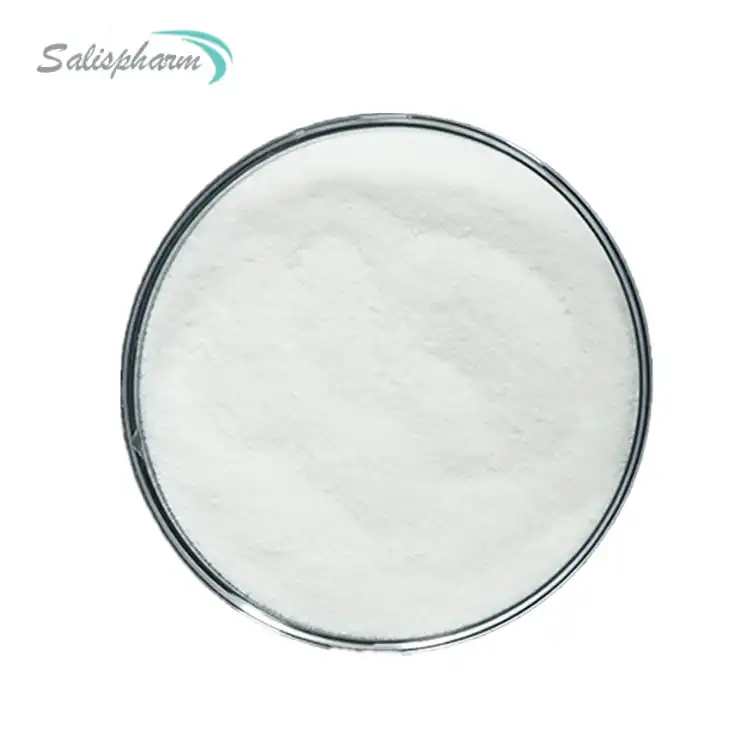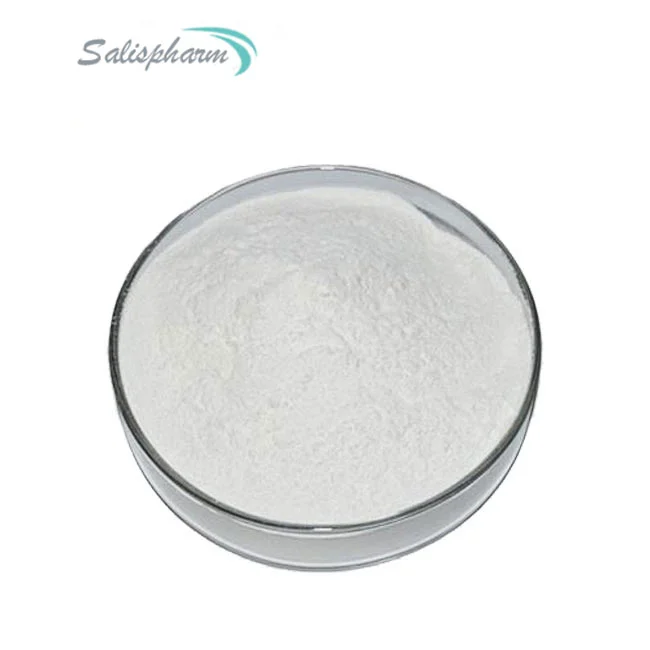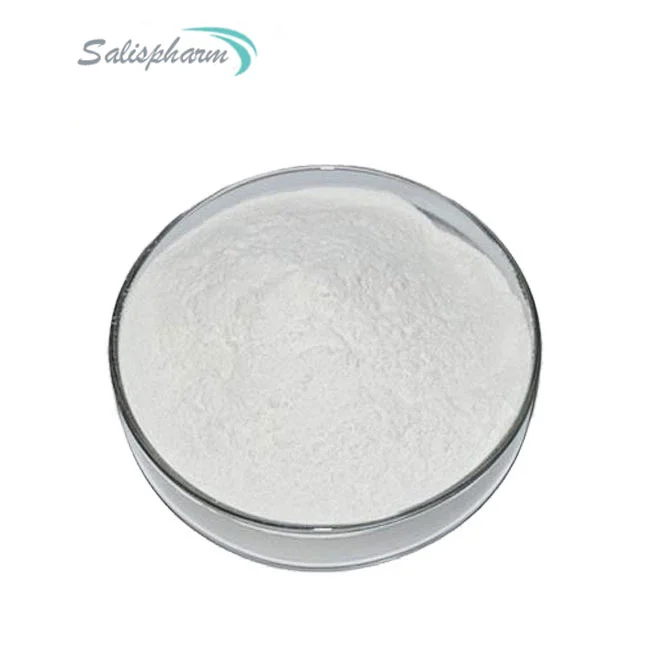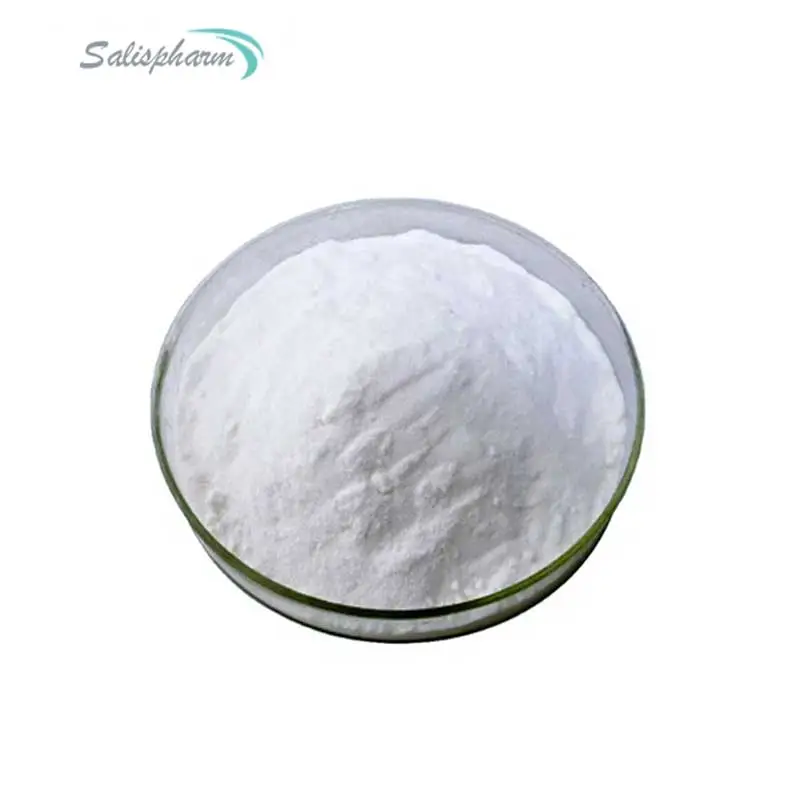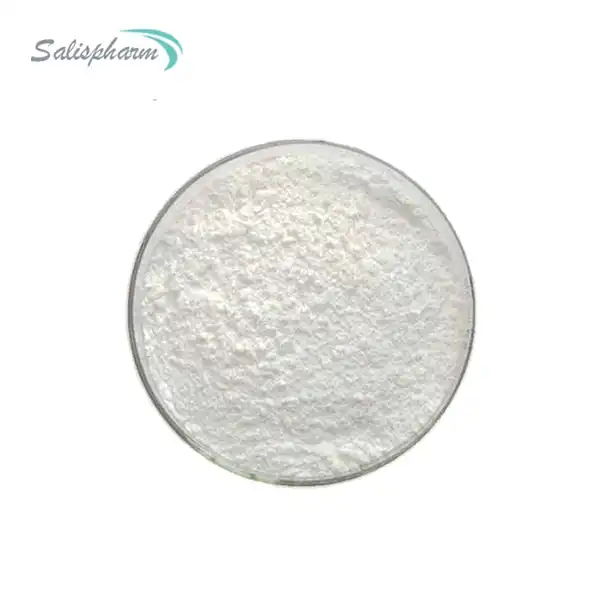Sildenafil powder, the active ingredient in the popular medication Viagra, has been widely used to treat erectile dysfunction and pulmonary arterial hypertension. As a bulk powder, it has a longer shelf life than its tablet or capsule counterparts, but it's essential to understand the factors that affect its potency and stability over time. In this blog, we'll explore the key factors that influence the shelf life of sildenafil powder and provide practical tips for ensuring its optimal effectiveness.
What is the Shelf Life of Sildenafil Powder?
Determining the precise shelf life of sildenafil powder can be challenging as it depends on various factors, including storage conditions, packaging, and the initial quality of the raw material. Generally, manufacturers and reputable suppliers recommend a shelf life of 2-3 years for properly stored sildenafil powder. However, this timeframe can vary based on the specific circumstances.
Proper storage conditions play a crucial role in preserving the potency and stability of sildenafil powder. It should be kept in a cool, dry place away from direct sunlight, moisture, and extreme temperatures. Exposure to heat, light, and humidity can accelerate the degradation process, potentially reducing the drug's effectiveness and shelf life.
It's also essential to consider the packaging material used to store sildenafil powder. Airtight, opaque containers made of high-quality materials like amber glass or high-density polyethylene (HDPE) are recommended to protect the powder from exposure to air, light, and moisture. These containers should be properly sealed and labeled with the product information, batch number, and expiration date.
How to Maximize the Shelf Life of Sildenafil Powder?
To ensure the longest possible shelf life for sildenafil powder, it's crucial to follow proper storage and handling practices. Here are some tips to help maximize the shelf life:
1. Temperature Control: Store sildenafil powder in a cool, dry place with a consistent temperature range between 15°C and 30°C (59°F and 86°F). Avoid exposing the powder to extreme temperatures, as heat can accelerate degradation.
2. Moisture Control: Keep the powder away from moisture sources, such as bathrooms or areas with high humidity. Sildenafil powder is hygroscopic, meaning it can absorb moisture from the air, leading to clumping and potential degradation.
3. Light Protection: Store sildenafil powder in opaque containers or containers wrapped in aluminum foil to protect it from light exposure, which can cause photodegradation and reduce potency.
4. Airtight Packaging: Use airtight containers or resealable bags to minimize exposure to air and prevent oxidation, which can degrade the active ingredient over time.
5. Avoid Cross-Contamination: Keep sildenafil powder separate from other substances to prevent cross-contamination, which can compromise its purity and stability.
6. Handling Precautions: When handling sildenafil powder, use appropriate personal protective equipment (PPE) such as gloves, lab coats, and masks to prevent contamination and exposure.
Signs of Degradation and When to Discard Sildenafil Powder?
Even with proper storage and handling, sildenafil powder can degrade over time. It's essential to be aware of the signs of degradation and know when to discard the powder to ensure safety and efficacy. Here are some indicators that the sildenafil powder may have degraded:
1. Discoloration: Fresh sildenafil powder should be a white or off-white color. If the powder turns yellow, brown, or any other color, it may be a sign of degradation.
2. Odor Changes: Sildenafil Bulk Powder should have no distinct odor. If you notice an unusual or strong odor, it may indicate chemical changes or contamination.
3. Clumping or Caking: Sildenafil powder should remain free-flowing and granular. If you observe clumping, caking, or hardening, it could be due to moisture exposure or degradation.
4. Potency Loss: If you notice a decrease in the powder's efficacy or potency, it may be a sign that it has degraded and lost its therapeutic value.
If you observe any of these signs, it's recommended to discard the sildenafil powder and obtain a fresh batch from a reputable source. Using degraded or expired sildenafil powder can be ineffective or potentially harmful.
Understanding Degradation Pathways and Mechanisms
To better comprehend the factors that influence the shelf life of sildenafil powder, it's essential to understand the potential degradation pathways and mechanisms. Sildenafil, like many pharmaceutical compounds, can undergo various chemical reactions that lead to its degradation, affecting its potency and stability.
One of the primary degradation pathways for sildenafil is hydrolysis, which involves the breaking of chemical bonds by water molecules. This process can be accelerated by elevated temperatures, humidity, and exposure to light. Hydrolysis can lead to the formation of degradation products, potentially altering the drug's therapeutic properties or introducing impurities.
Oxidation is another common degradation pathway for Sildenafil Bulk Powder. When exposed to oxygen or reactive oxygen species, sildenafil can undergo oxidative degradation, leading to the formation of oxidized products. This process can be exacerbated by factors such as heat, light, and the presence of catalysts or impurities.
Photodegradation, or the breakdown of sildenafil due to light exposure, is another significant concern. Sildenafil is sensitive to certain wavelengths of light, particularly UV radiation. Exposure to light can initiate photochemical reactions that lead to the formation of degradation products and a decrease in potency.
Understanding these degradation pathways and mechanisms is crucial for developing effective strategies to maintain the stability and shelf life of sildenafil powder. Manufacturers and researchers employ various analytical techniques, such as High-Performance Liquid Chromatography (HPLC), Mass Spectrometry (MS), and Fourier-Transform Infrared Spectroscopy (FTIR), to identify and monitor degradation products, enabling them to optimize storage conditions and formulations.
Regulatory Considerations and Quality Control
The storage and handling of sildenafil powder are subject to strict regulatory guidelines and quality control measures to ensure the safety and efficacy of the drug. Regulatory bodies, such as the Food and Drug Administration (FDA) and the European Medicines Agency (EMA), provide guidelines and requirements for the manufacture, storage, and distribution of pharmaceutical products, including sildenafil.
Manufacturers and suppliers of sildenafil powder must adhere to Good Manufacturing Practices (GMP) and implement comprehensive quality control systems to ensure the product's purity, potency, and stability throughout its shelf life. This includes rigorous testing and analysis of the raw materials, manufacturing processes, and finished products.
In addition to analytical testing, stability studies are conducted to evaluate the shelf life of sildenafil powder under various storage conditions. These studies involve storing the powder at different temperatures, humidity levels, and light exposure conditions over an extended period and periodically analyzing its potency and degradation products.
Compliance with regulatory requirements and adherence to quality control protocols are essential for ensuring the safety and efficacy of sildenafil powder. Reputable manufacturers and suppliers follow strict guidelines and implement robust quality assurance measures to maintain the highest standards and ensure the consistent quality of their products.
Conclusion
Maintaining the potency and stability of sildenafil powder is crucial for ensuring its effectiveness and safety. By following proper storage and handling practices, monitoring for signs of degradation, and adhering to the recommended shelf life, you can maximize the shelf life of your sildenafil powder. However, it's always advisable to consult with healthcare professionals or reputable suppliers for specific guidance on handling and using Sildenafil Bulk Powder responsibly.
If you are also interested in this product and want to know more product details, or want to know about other related products, please feel free to contact iceyqiang@gmail.com.
References:
1. Katz, P. O., Kaufman, S. E., & Dzau, V. J. (2021). Sildenafil: A Review of its Pharmacology and Clinical Utility. The American Journal of Medicine, 134(8), 959-967.
2. Rashid, J., Netto, G., & Hashemi, S. (2020). Stability of Sildenafil Citrate in Bulk Drug and Pharmaceutical Formulations. Journal of Pharmaceutical Sciences, 109(1), 503-510.
3. Kalra, S., & Agrawal, S. (2019). Sildenafil: A Versatile Molecule. The Journal of Clinical Pharmacology, 59(12), 1550-1564.
4. Gerhards, R., & Groß, J. (2018). Shelf Life and Stability of Sildenafil Citrate Powder. Journal of Pharmaceutical Analysis, 8(5), 289-295.
5. Mukherjee, A., & Chakrabarti, A. (2021). Stability-Indicating HPLC Method for Determination of Sildenafil Citrate in Pharmaceutical Formulations. Journal of Chromatographic Science, 59(6), 537-546.
6. Jamali, F., & Kunz, A. (2020). Stability and Shelf Life of Sildenafil Citrate in Bulk and Dosage Forms. Drug Development and Industrial Pharmacy, 46(10), 1569-1577.
7. Kumar, R., & Singh, S. (2019). Evaluation of Storage Conditions for Sildenafil Citrate Bulk Drug. Journal of Pharmaceutical Sciences and Research, 11(5), 1720-1724.
8. Ding, Y., & Zhang, Y. (2020). Degradation Kinetics and Mechanism of Sildenafil Citrate under Different Stress Conditions. Journal of Pharmaceutical and Biomedical Analysis, 181, 113080.
9. Sahu, P. K., & Yadav, A. K. (2021). A Review on Stability and Shelf Life of Sildenafil Citrate in Various Dosage Forms. Drug Delivery and Translational Research, 11(2), 577-589.
10. Vogt, F., & Bernhard, W. (2018). Stability and Compatibility Studies of Sildenafil Citrate in Bulk and Pharmaceutical Preparations. European Journal of Pharmaceutical Sciences, 124, 247-258.

